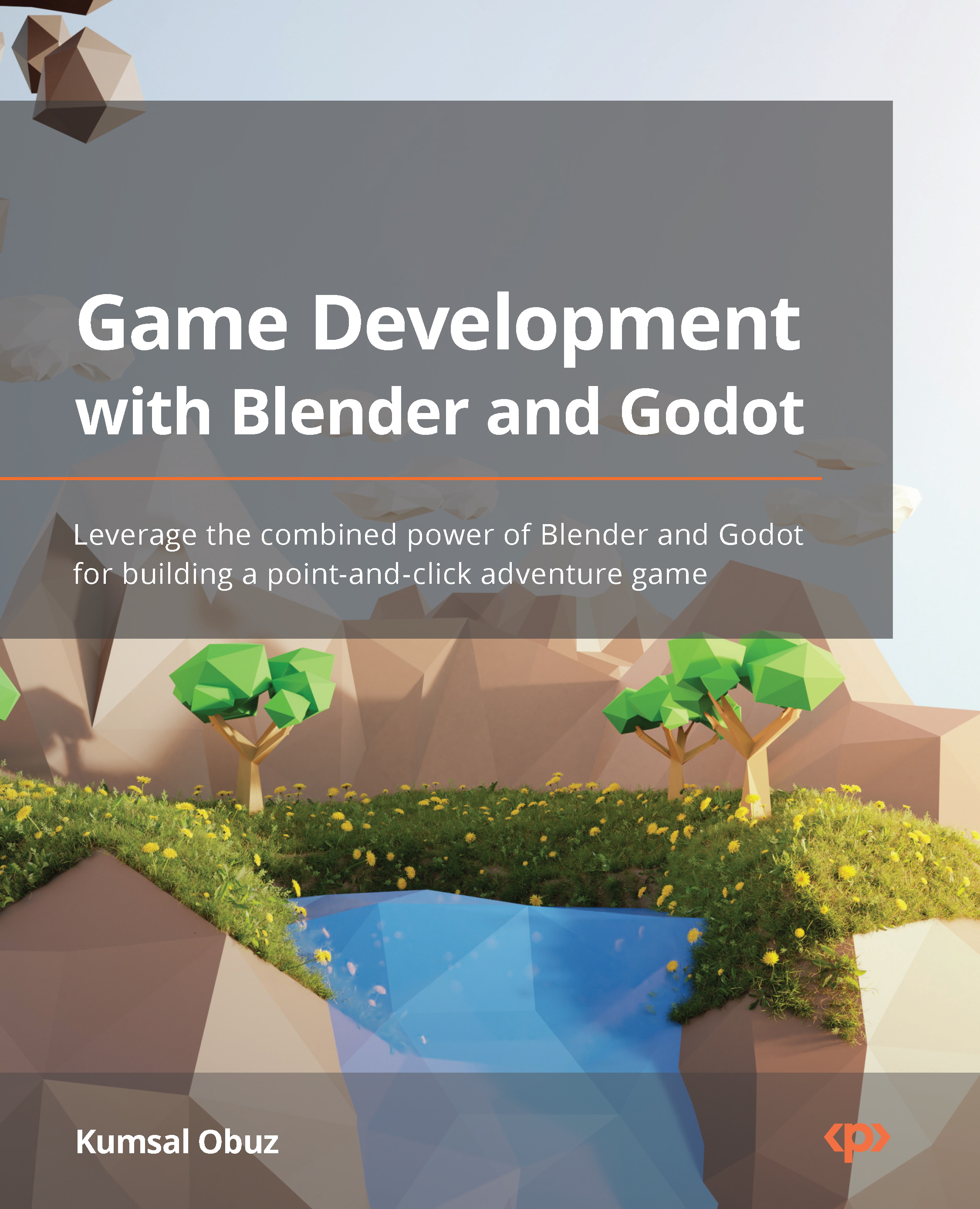Summary
This chapter finally covered the long-due camera topic we’ve been waiting to tackle since Chapter 4, Adjusting Cameras and Lights. You now have multiple options to choose from, from a simple Camera type to an InterpolatedCamera type that follows a target. Should you want to get fancy and dip your toes in VR, you also have ARVRCamera at your disposal.
As you now had a proper camera showing you the game world as opposed to seeing things within the editor, it was the right time to investigate how to interact with the world itself. To that end, we presented raycasting as a possible solution but quickly dismissed it in favor of using collision detection, which provides more flexibility and precision. We used this technique to detect a click on a specific game object: a parchment. During this effort, you used signals as a way of interpreting the player’s click as a trigger to turn on the note.
Next, you looked into creating a simple game character and moving it...


























































